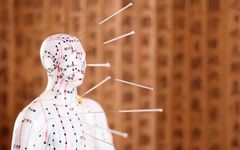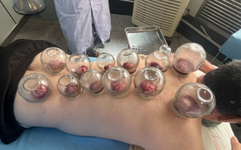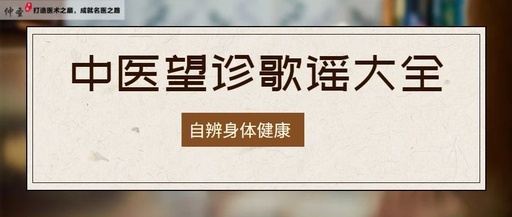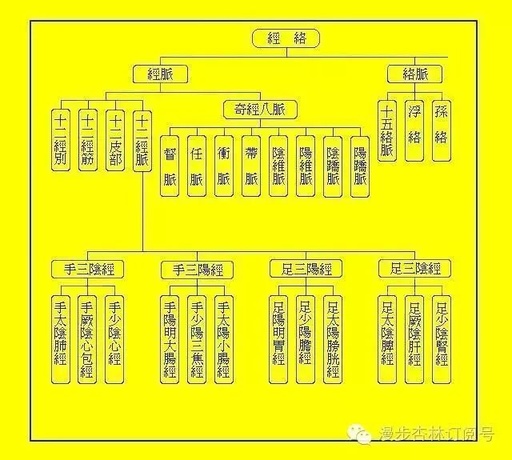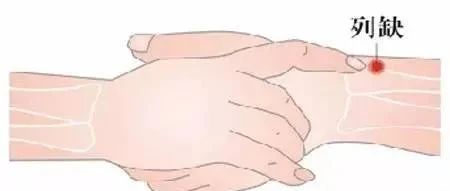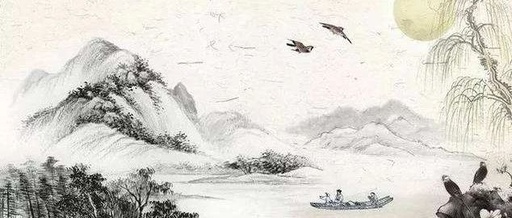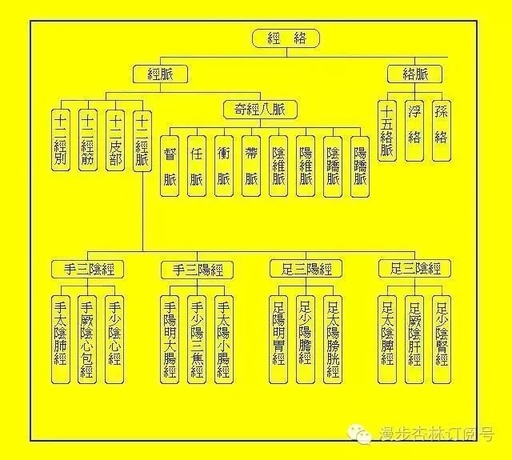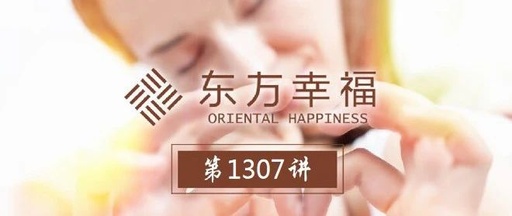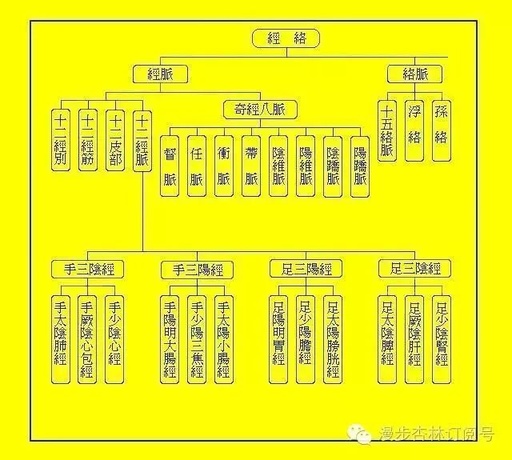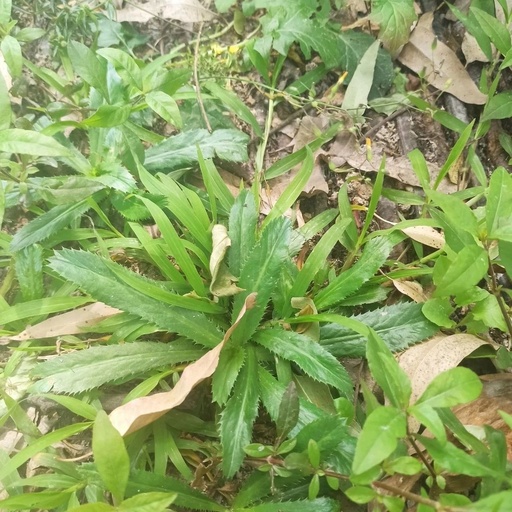Inheriting Acupuncture Techniques and Promoting Traditional Chinese Medicine Culture
The Origin of Acupuncture It is said that acupuncture originated during the era of the Three Sovereigns and Five Emperors, with Fuxi credited for its invention. He “tasted a hundred herbs and created nine needles” (as recorded by the Eastern Han physician Huangfu Mi in the “Chronicles of the Emperors”). Ancient texts such as the … Read more

